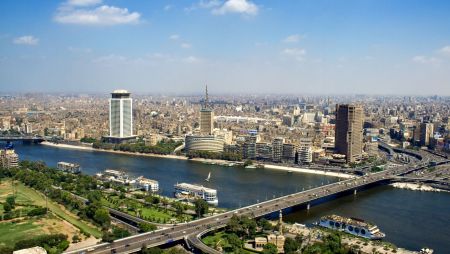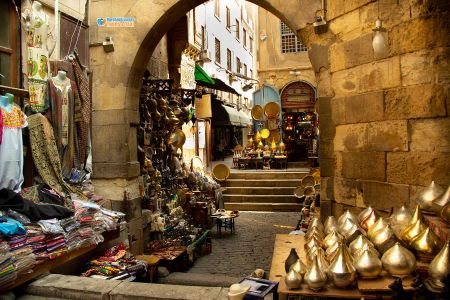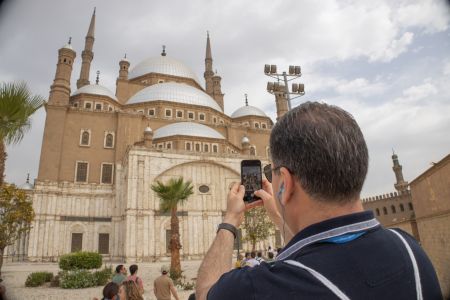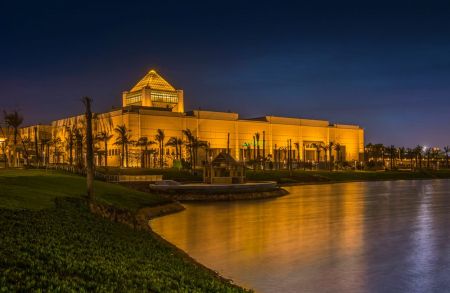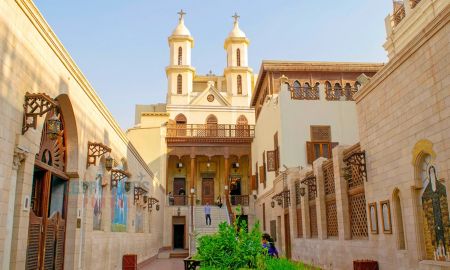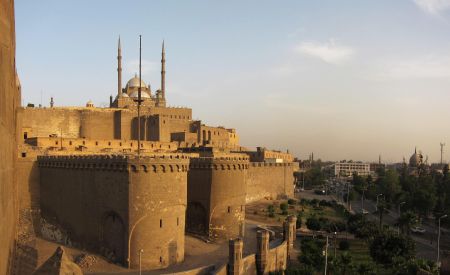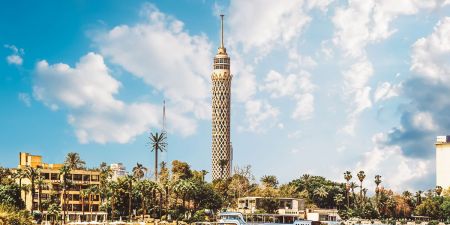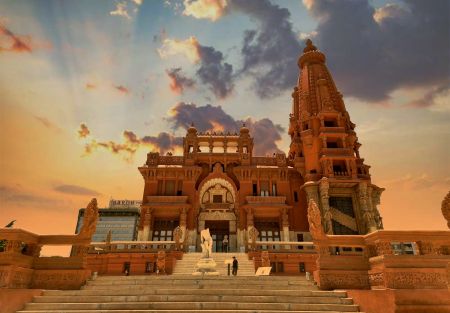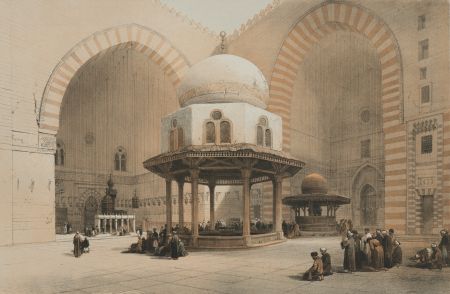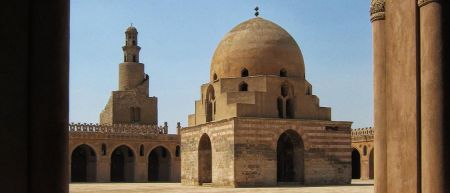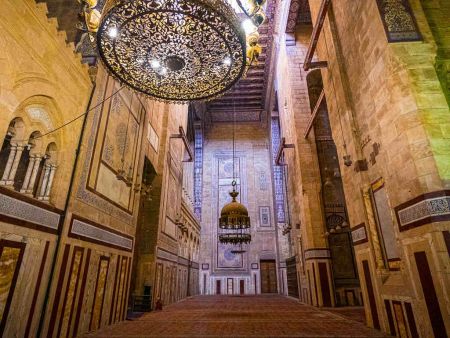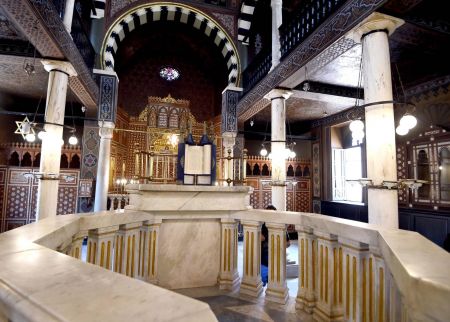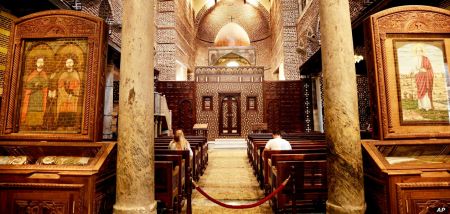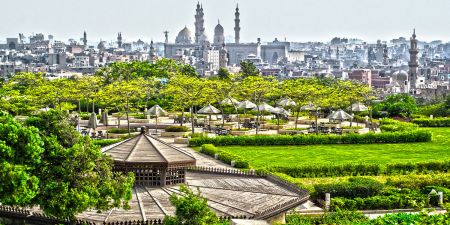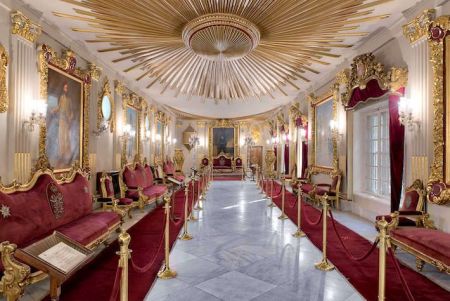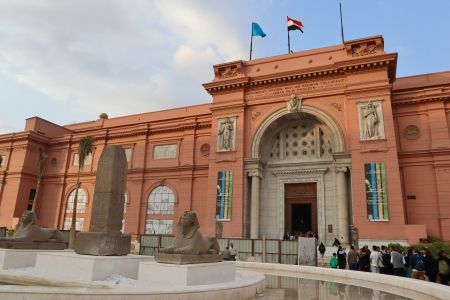El Moez Street : Cairo’s Historic Heart of Islamic Heritage and Architectural Splendor

El Moez Street, often spelled Al‑Muizz li‑Din Allah Street, is the beating heart of Cairo’s Islamic heritage—a splendid, millennium‑old thoroughfare lined with some of the most breathtaking medieval architecture in the world. Stretching from the Bab Zuweila gate down to Ramses Street, this immersive corridor is a living museum of Fatimid, Ayyubid, Mamluk, and Ottoman buildings. Wandering down El Moez, you step into centuries of history—quiet courtyards, soaring minarets, mosaic‑lined domes, caravan‑saray‑style houses, and ornate mausoleums all combine into an unrivaled architectural ensemble.
This legendary street was laid out during the 10th century under the Fatimid Caliphate and became the ceremonial axis of old Cairo. It later evolved into a vibrant mixing zone where scholars, traders, Sufi mystics, and royal processions all converged. Today, El Moez remains one of the world’s richest collections of Islamic architecture, protected and partially pedestrianized to encourage thoughtful exploration.
Whether you’re an architecture aficionado, a history seeker, a photographer, or a cultural traveler, El Moez Street supplies an unforgettable sensory tapestry. Stonework whispers tales of dynasties, while archways frame ancient inscriptions. Cafés spill into shaded alleyways, and the ambient glow of lanterns evokes the street’s age-old pulse. Visiting El Moez is not just sightseeing—it’s traveling through time in magnificent style.
Historical Evolution of El Moez Street and Its Urban Role
Laid Out by the Fatimids in the 10th Century
El Moez was founded as the ceremonial spine of Cairo under Caliph Al-Muizz li‑Din Allah in 970 AD, stretching from the city gate of Bab Zuweila north to the Fatimid palaces. Designed for royal processions and public life, it anchored the caliphate’s political and spiritual geography.
Growth Through the Ayyubid and Mamluk Eras
As successive dynasties replaced Fatimid rule, El Moez grew denser and more diverse. Mosques, madrasas, hammams ( public baths ), and caravanserais were added. In the Mamluk period (13th–16th centuries), the street flourished into an elite urban zone noted for its architectural innovation and densely packed urban fabric.
Ottoman Additions and Later Decline
During Ottoman rule, additional buildings and khans (merchant lodges) sprouted along the avenue. Over time, some structures fell into disrepair, while others were repurposed or buried as Cairo expanded. Much of El Moez was hidden beneath layers of modern streets until restoration projects in the late 20th and early 21st centuries unearthed its richness.
Discover pyramids, mosques, and bazaars with Cairo Day Tours — the best way to experience Egypt’s capital.
Architectural Masterpieces Lining El Moez Street
Sultan Al‑Ghoury Complex: Gate, Madrasa, Mausoleum, Hammam
This striking Mamluk-era ensemble features a monumental stone gate, intricate stucco carvings, and the atmospheric ruins of an Ottoman-style hammam. It exemplifies the grandeur of late medieval Islamic architecture with elaborate stone latticework and Arabic calligraphy.
Qalawun Complex: Madrasa, Sultan’s Mausoleum, and Hospital
One of Cairo’s most important architectural monuments, the Qalawun Complex includes a hospital (qaṣr al‑marad), theological school, and richly ornamented mausoleum with a mosaic dome and marble panels. It encapsulates both piety and political patronage in bold proportions.
Al‑Aqmar Mosque: Cairo’s Floating Mosque
Built in 1125 AD during the Fatimid era, Al‑Aqmar is famed for its façade set above street level—giving the illusion of floating. Its carved inscriptions, domes, and muqarnas make it a prime example of elaborate Fatimid decoration and urban innovation.
Other Notable Buildings (Al‑Hakim, Al‑Azhar, Beit Al Sehaymi, Sultan Barquq)
Walking along El Moez reveals dozens more gems: the austere elegance of the Mosque of Al‑Hakim; the complex of Sultan Barquq with its ornately tiled dome and minaret; historic courtyard houses like Beit al‑Sehaymi; and numerous sabil‑kuttab (public fountain and school) structures boasting polychrome marble and carved wood.
Cultural Significance and Atmosphere of El Moez Street
A Living Museum of Spiritual and Social Life
El Moez isn’t just architecture. It's alive—mosques still host daily prayers, cafés spill into passageways, and artisans work behind wooden mashrabiyas. The street pulses with Islamic history and daily urban life merged into one.
Artistic Photographic and Film Location
Its dramatic minarets, sunlit arches, shadowed alleyways, and mosaic-filled interiors make El Moez a favorite backdrop for filmmakers, photographers, and creatives seeking authentic Ottoman or Mamluk-era milieus.
Restoration and UNESCO Recognition
In the 1980s and 1990s, UNESCO and Egypt’s Ministry of Antiquities led major restoration efforts. Today, many buildings are stabilized, facades cleaned, and pedestrian zones created—revitalizing the street as a cultural heritage asset.
Nearby Attractions Around El Moez Street
One of the reasons El Moez Street is such a rewarding destination is its central location in the heart of Islamic Cairo, surrounded by many of the city’s most famous landmarks. Just steps away lies the bustling Khan al-Khalili Bazaar, a centuries-old marketplace filled with spices, jewelry, and traditional crafts. Adjacent to the bazaar stands the revered Al-Hussein Mosque, one of Cairo’s most sacred shrines. The area also connects easily to the majestic Al Azhar Mosque, a cornerstone of Islamic scholarship since the 10th century.
As you wander further, you’ll encounter the monumental Sultan Hassan Mosque and the regal Al Rifai Mosque, both located in Salah El-Din Square near the Citadel of Cairo. Within the Citadel complex itself, highlights include the magnificent Mosque of Muhammad Ali(The Alabaster Mosque of Cairo), the historic Mosque of Sultan al-Nasir Muhammad, and several military museums.
Closer to El Moez, you’ll find the architectural gems that line the street itself: the Sultan Al-Ghoury Complex, the Qalawun Complex, the Al-Aqmar Mosque, the Mosque of Al-Hakim, the Sultan Barquq Complex, and the beautifully preserved Ottoman house Beit Al Sehaymi.
Together, these landmarks form one of the richest cultural zones in the entire Middle East, allowing visitors to experience mosques, markets, palaces, and museums all within walking distance of El Moez Street.
Visiting El Moez Street – Tips for Tourists and Explorers
Getting There and Navigating the Area
El Moez runs through the heart of historic Islamic Cairo. The nearest metro is Attaba station; taxis can drop you at Bab Zuweila, Bab Al‑Futuh, or the Sharia Al‑Moez entrances. Stick to pedestrian zones for full immersion.
Hours, Entry, and Tour Options
Most buildings along El Moez can be viewed from outside or visited individually with modest entry tickets (often under $5). Guided walking tours—available in English and Arabic—provide excellent historical background and map out key sites.
Best Time to Visit for Light and Quiet
Early morning brings soft sunlight through archways, cooler temperatures, and fewer crowds. Late afternoon or dusk is magical too, especially when lanterns begin to glow and shadows play across carved stone.
Why El Moez Street Matters Today
El Moez Street stands as a rare, continuous record of Islamic urban design—from Fatimid ceremonial boulevard to Mamluk scholarly artery to modern heritage zone. Its preserved buildings, layered streetscape, and cultural vibrancy make it a must-visit for anyone interested in Cairo’s soul. The street’s long arc of history—power, education, spirituality, and commerce—is writ in stone, brick, and carved ornament. It’s not just a street: it’s the spine of Islamic Cairo and a living lesson in the art of civilizational resilience.
From Cairo to the Nile, your Egypt Vacation starts here — reserve today!
Frequently Asked Questions About El Moez Street
What is El Moez Street known for?
El Moez Street is celebrated for its concentration of medieval Islamic monuments—from mosques and madrasas to mausoleums and caravanserais—dating from Fatimid through Ottoman periods.
Can visitors walk freely along El Moez Street?
Yes, much of the avenue is pedestrianized and easily accessible. Individual sites along the street often have small entry fees.
Which architectural styles are visible on El Moez Street?
You’ll see Fatimid, Ayyubid, Mamluk, and Ottoman architectural elements—each era leaving distinct carvings, domes, minarets, and inscriptions.
Is El Moez Street part of a UNESCO World Heritage site?
Yes, Islamic Cairo—including El Moez Street—is recognized as part of the UNESCO Historic Cairo World Heritage site and has benefited from international conservation efforts.
How much time should I plan to explore El Moez Street?
A thorough walk-through with visits to major monuments can take 2–3 hours; a relaxed, in-depth exploration may take half a day or more.
Are guided tours available on El Moez Street?
Definitely. Several local associations and tour operators offer guided walking tours in multiple languages, providing historical context and insider access to hidden sites.
Is the street family-friendly and safe?
Yes. The area is generally safe, open day and evening, and family‑friendly. Visitors are advised to stay on marked pedestrian areas and respect prayer times when exploring mosques.


